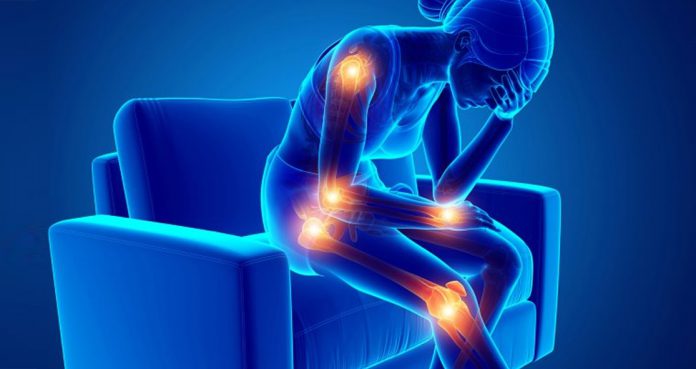For many patients, especially who are emotionally challenged and anesthetized, it becomes really hard to express their severity of pain.
To overcome such difficulty, researchers at the University of Michigan have developed a new technology that can help physicians see as well as map patient pain in real-time with the help of special augmented reality glasses.
The feasibility study was published in the Journal of Medical Internet Research.
This new technology was examined on 21 volunteer dental patients. Researchers hope that one day it would be possible to actually measure pain and conditions.
Although it is years away from using the technology in a clinical setting, the feasibility study is a good first step for dental patients, explained Dr. Alex DaSilva, associate professor at the University of Michigan School of Dentistry and director of the Headache and Orofacial Pain Effort Lab.
The new technology includes a portable CLARAI (clinical augmented reality and artificial intelligence) platform that “combines visualization with brain data using neuroimaging to navigate through a patient’s brain while they’re in the chair.”
Dr. DaSilva said, “It’s very hard for us to measure and express our pain, including its expectation and associated anxiety. Right now, we have a one to 10 rating system, but that’s far from a reliable and objective pain measurement.”
By triggering pain by administering cold to the teeth, the researchers used brain pain data to develop algorithms, which predicted presence or absence of pain about 70% of the time when combined with new software and neuroimaging hardware.
The participants were asked to wear a sensor-outfitted cap, which detected changes in the blood flow and oxygenation, helping the researchers to measure brain activity and pain responses that were transmitted to a computer and interpreted. With the help of special augmented reality glasses, the scientists were able to view the participant’s brain activity in real time on a reconstructed brain template. On the augmented reality screen, the red and blue dots denoted the location and the level of brain activity.





















